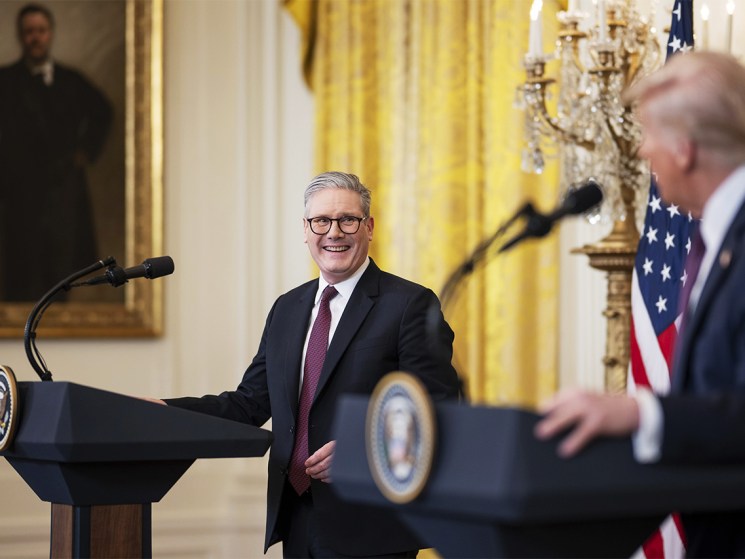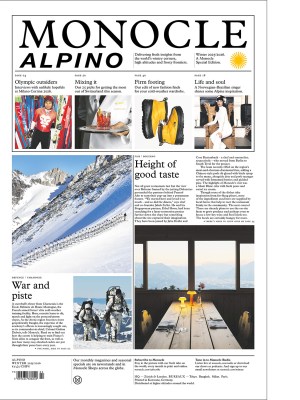Donald Trump
Latest
Fifa’s shamelessness is its superpower – it only has one goal in mind
Football’s governing body, Fifa, is no stranger to fostering ties with problematic world leaders and controversial governments – but the 2026 World Cup might just be its most flagrant fawning to date.
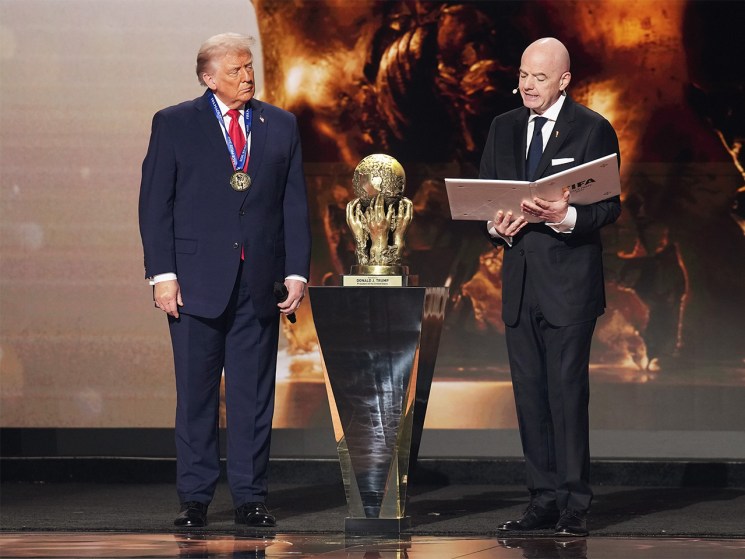
When it comes to Dulles airport, Trump might actually have a point
I found myself in the unusual position of nodding along in enthusiastic agreement with the aesthetic tastes of US president Donald Trump last week. This was unusual. We all have our own personal style…

Democrats risk alienating voters by not giving Donald Trump credit where it’s due
It’s time that Democrats move past their anti-Trump reflex and applaud his successes. Refusal to do so risks alienating voters and could cost them their future in Washington.
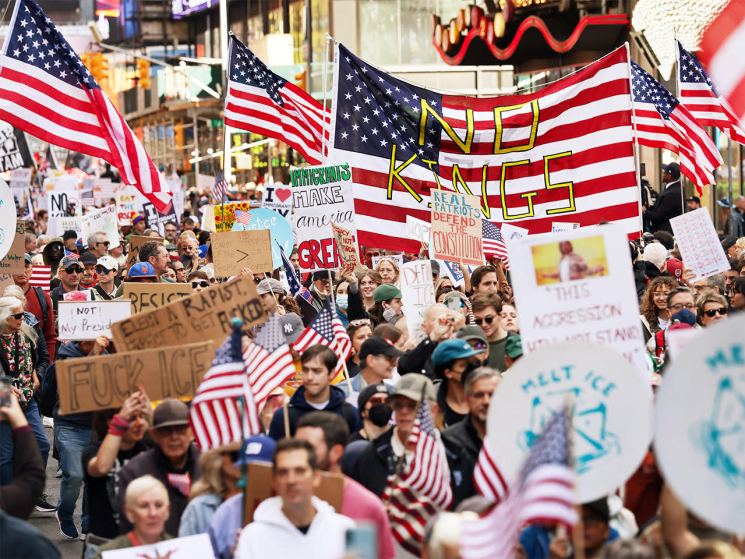
No one asked for Trump’s troops but maybe they’ll do some good
While president Trump’s despotic crime crackdown draws scrutiny, deploying troops on US soil is hardly unprecedented. For local officials, perhaps the presence of guardsmen might also provide a chance to tap federal resources.
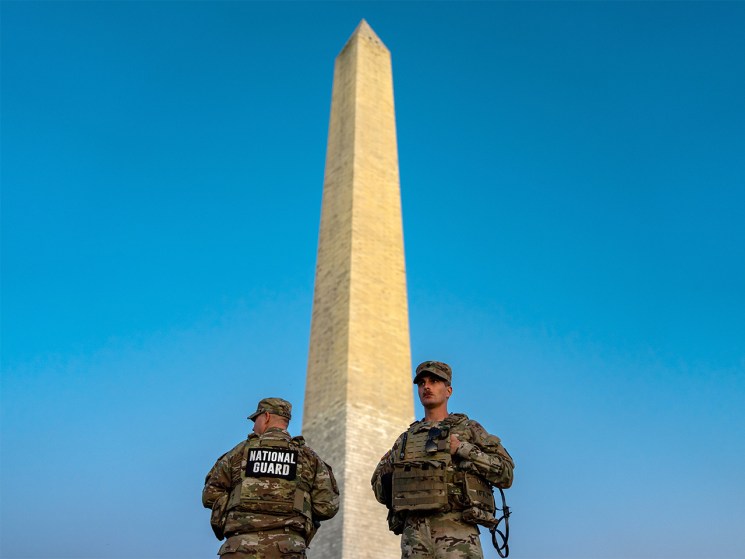

Opinion
Why Donald Trump’s opponents should strive to better understand his governing style
4 min read

Trump biographer Michael Wolff on the ‘moron’ president’s ‘incredible incompetence’
Trump’s second act is less a comeback than a test of the US system. This, at least, is the argument advanced by the author who has chronicled Trump’s rise, chaos and survival.
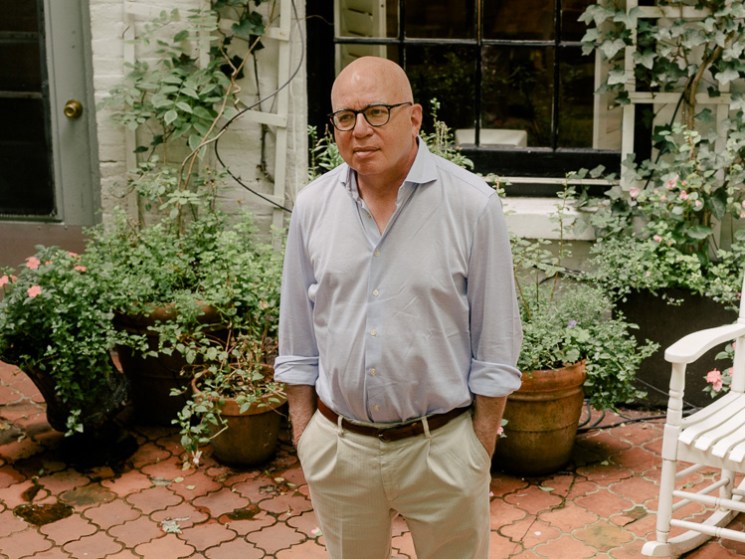
Trump’s UK state visit: The true cost of glitz and glam diplomacy
Helicopters, motorcades and champagne banquets – Donald Trump’s second UK state visit was diplomacy at its most extravagant. But at what cost – and to whose benefit?
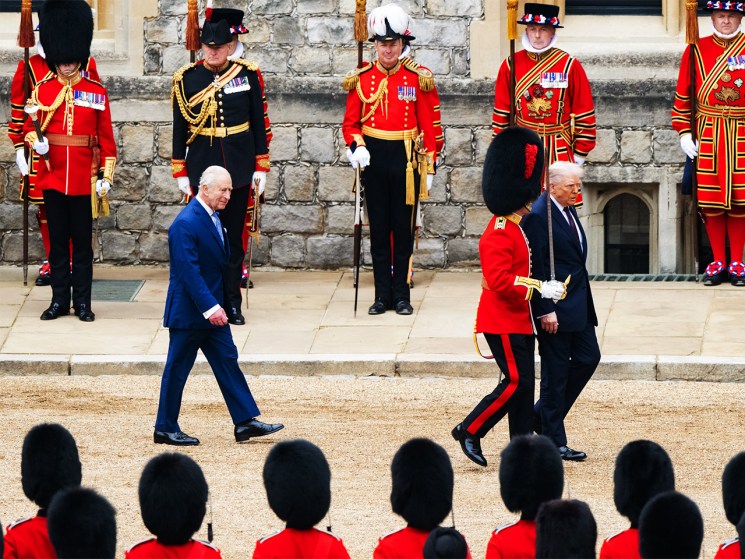
Love loses out as corporate sponsors flee Pride in fear of the White House
Amid political pressures from the current administration, long-time sponsors are withdrawing their support from US Pride events. But despite the financial and political challenges, celebrations are full steam ahead.

The “special” relationship strikes back as Trump announces US-UK trade deal
UK prime minister Keir Starmer and US president Donald Trump have announced a “breakthrough” trade deal, the first since the latter leader triggered a global trade war.
